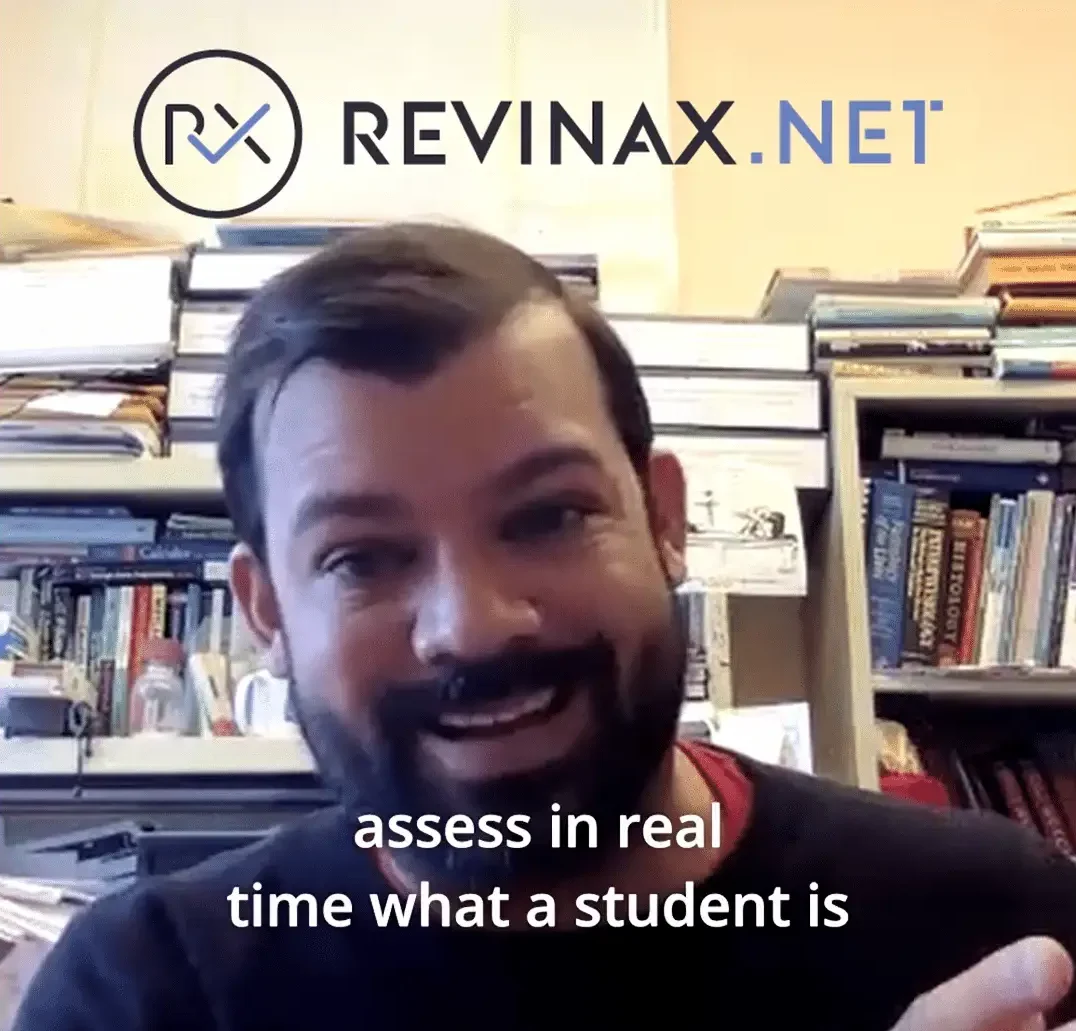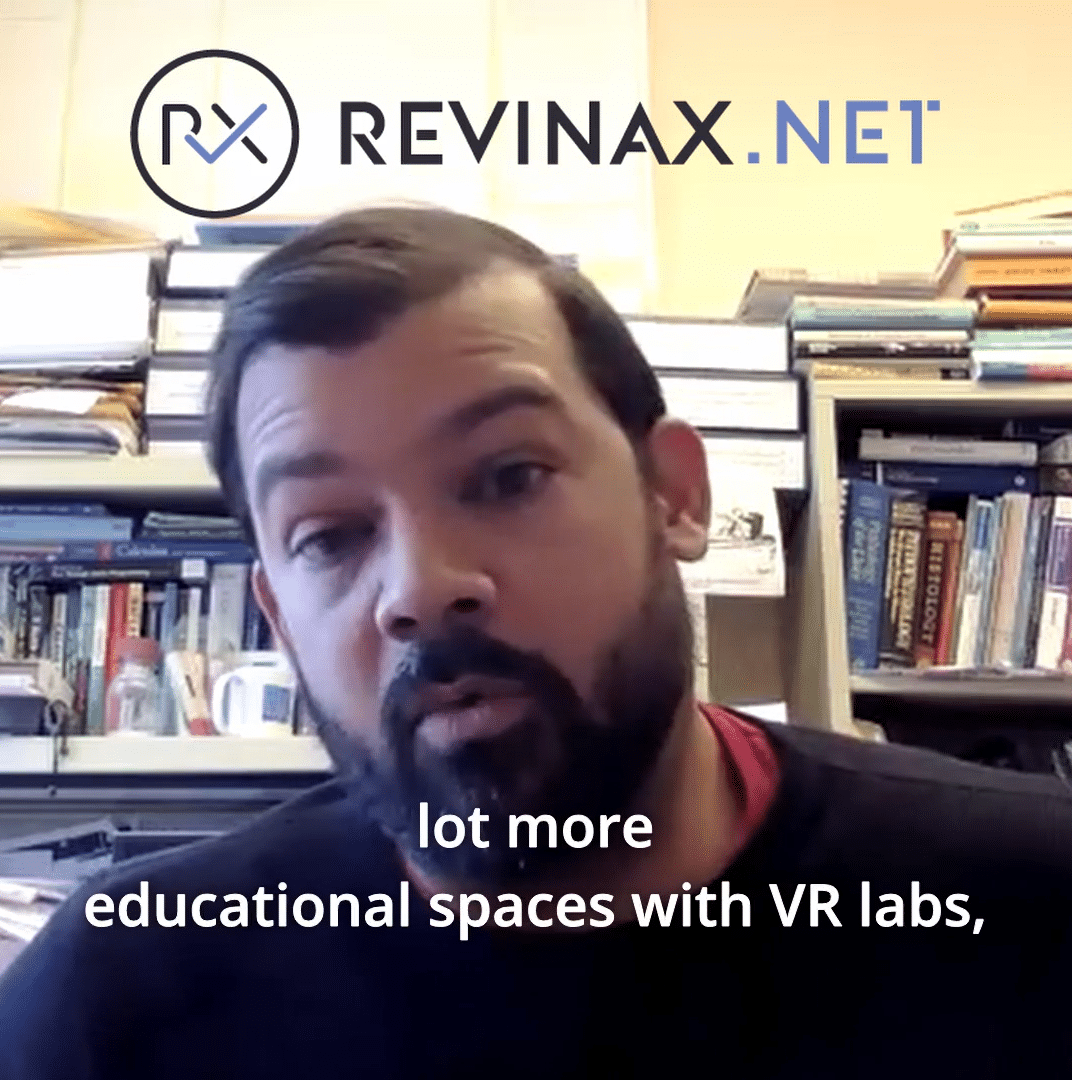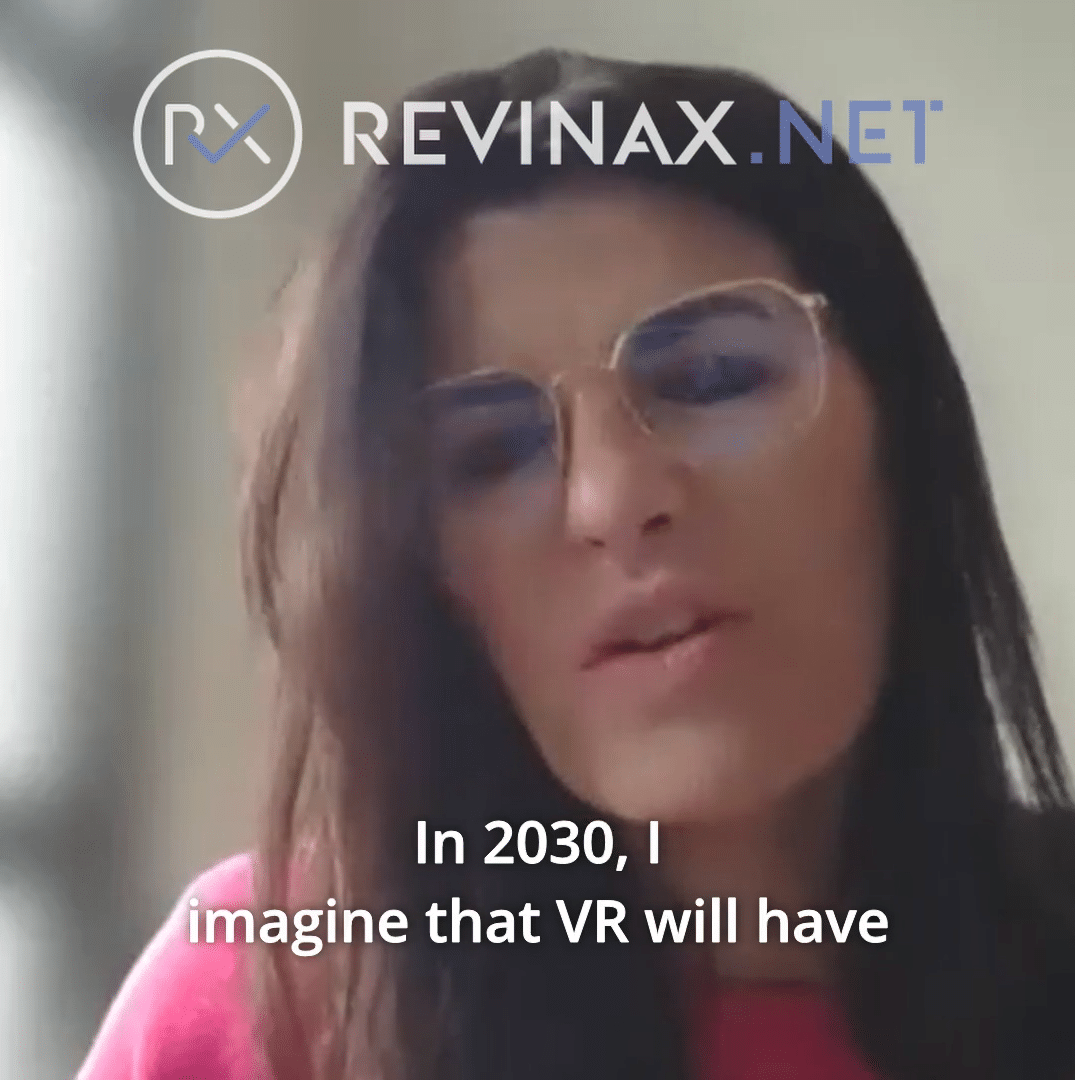Welcome aboard Revinsight, the podcast that helps you understand how organizations and individuals adopt, utilize, and track VR results.
Episode #9 – December 21th, 2023
Guest: Brian Wagner, founder and CEO of Health Insight Consulting Group (USA)
Maxime Ros:
“Today, I’m glad to receive Brian Wagner, he is founder and CEO of Health Insight Consulting Group. He held C-suite level rose at GE HealthCare, Philips Imaging, Becton Dickinson, and Clario.
Hey, Brian. What barriers do you typically see to an enterprise-wide VR deployments and how do you overcome them?“
Brian Wagner:
“Yes. Actually, there’s quite a few barriers, specifically in my background. I tended to work directly with very large, complex global healthcare companies. Rarely was there broad adoption on anything because everybody felt that they were good, they had what they needed, they were close to the customer, and they felt as though that they were empowered to do what it is they needed.
The challenge with that though was the fragmentation of the customer experience. Many of the companies I’ve had the pleasure of working for had upwards of nine to 20 different businesses, global regions. And when customers engage to do business with those complex companies, they don’t see it as nine or 20 different businesses, they see it as one. Yet, the experience was always disjointed because they were constantly being inundated in different ways, different messages, conflicting messages.
And so, for us, we at the COE, Center Of Excellence level, wanted to better streamline and leverage the core capabilities of the enterprise, and to really have consistent engagement with our customers. In doing that, what we found to be most successful is rather than try and do a whole house adoption, is to pick a business and a region that had a problem that needed to be solved, specifically around education, around training, around product launching and implementation, and believed in the VR technology and what that solution could bring to them.
We actually call that a demonstration initiative. We walked before we ran. What we did was partner with the business, partner with the region, taught them tools, process, best practices, the technology of VR, and how that can best be implemented.
We learned by doing, we taught by doing. What we came to find is tremendous success, because we’re actually solving a true unmet customer need, a true clinical challenge that they otherwise couldn’t have solved differently, hence what I had mentioned earlier about when COVID hit, not having access to hospitals.
That success became a case study for us internally. Now, all of a sudden, other businesses, other regions, had heard about the success and wanted to experience it for themselves. We almost had an in-house adoption based upon what their peers had done and the success that they saw through their peers. They too wanted to have that for their customers, to have a consistent customer experience.
In the end, we started slow. We had a champion. We worked with the champion within that one business, that one region, and all of a sudden, they became the evangelist, if you will, for the broader enterprise.
The rest was history in terms of other businesses, other regions within the company, adopting VR technology to the benefit of the customers, as well as our own stakeholders alike.”





